The Roadrunner is a small group of speedy birds in the taxonomic genus Geococcyx. They are members of the cuckoo, or Cuculidae, family. There are two species of these birds, the Greater Roadrunner, and the Lesser Roadrunner. These birds live in the southern United States, Mexico, and parts of Central America. Read on to learn about the Roadrunner.
Description of the Roadrunner
These are lanky birds, with narrow bodies, long legs, and long tails. They use their long legs and aerodynamic bodies to run swiftly along the ground. Both species look quite similar, having brown feathers, with black and white dappling.
Most of these birds are around 2 feet long, and weigh about 10 ounces. Like parrots, these birds have zygodactyl feet, with two toes pointing forward and two toes pointing backward.
Interesting Facts About the Roadrunner
Even in cartoons, these birds are famous for being incredibly quick on their feet. However, their speed isn’t their only interesting trait. Learn more about what makes them unique below.
- Wile E. Coyote – Even though the cartoon Roadrunner could outrun Wile E. Coyote on television, in reality coyotes are much more dangerous to these birds. These birds run at a top speed of approximately 20 mph, and even though that’s faster than most humans, coyotes run much faster at 43 mph.
- Bad Bird – These birds are pretty bad, but bad-good, not bad-bad. They live dangerous lives, and one of their favorite pastimes is hunting and killing rattlesnakes. Rattlesnakes aren’t even their only dangerous prey. They also eat scorpions and horned lizards!
- Desert Dining – In their natural habitat, the desert, water is usually quite scarce. In fact, most of the water in their diet comes from the prey that they eat. They also reduce water loss by secreting salty tears rather than using their kidneys. This greatly reduces water loss, and many seabirds also utilize this trait for the same reason.
Habitat of the Roadrunner
These speedy birds live primarily in arid regions with low rainfall. They live in deserts, scrublands, chaparral, grasslands, and the outskirts of woodlands. They usually avoid densely forested areas, and live in semi-open habitats with a variety of small bushes and shrubs.
Their exact habitat type varies based on the region they live in. Some also live in more urban areas, like farms and public parks.
Distribution of the Roadrunner
The two species live in slightly different regions. The Greater Roadrunner lives on the northern end of their range, and the Lesser Roadrunner lives farther to the south.
The Greater lives from Southern California to Arkansas and Louisiana. Their range extends into Mexico, and overlaps with Lessers, which lives in Mexico and throughout Central America.
Diet of the Roadrunner
Both Roadrunner species are omnivores, which means they feed on both plants and small animals. Because they live in a desert environment, they cannot afford to be picky about their prey.
They eat lizards, large insects, mice, rats, spiders, tarantulas, rattlesnakes, centipedes, and more. Some also eat small birds, and prickly pear cactus. Their primary hunting method is quickly moving through an area searching for prey and chasing it down.
Roadrunner and Human Interaction
Not only do humans inadvertently put pressure on Roadrunner populations, but they also directly hunt them for killing gamebirds. These birds are actually beneficial to humans, because they hunt pest animals like mice and insects.
Sadly, habitat destruction and car strikes do cause population decline. However, these birds do have healthy populations, and the IUCN lists both species as Least Concern.
Domestication
Humans have not domesticated these birds in any way.
Does the Roadrunner Make a Good Pet
No, Roadrunners do not make good pets. They are wild birds, and are not friendly towards humans. In most places, it is illegal to own one as a pet.
Roadrunner Care
In zoos, these birds live in enclosures with a variety of low vegetation and shrubs. They can fly, but they spend most of their time on the ground. Though they are not social, mated pairs remain together year-round. Zookeepers feed these birds a variety of foods, including mice, crickets, mealworms, eggs, and more.
Behavior of the Roadrunner
Roadrunner pairs defend a territory from others of their kind, and from predators. They are terrestrial, which means they walk on the ground. However, they can fly if they need to, but they do prefer to walk.
Deserts are, of course, unbelievably hot during the middle of the day. To cope with these temperatures, they rest in the shade during the hottest parts of the day.
Reproduction of the Roadrunner
Pairs of these birds perform courtship rituals, usually with males presenting food to females. They are monogamous, and pairs continue mating year after year. Most build their nests in shrubs or on cacti and not on the ground.
Females lay an average of four eggs per clutch. It takes about three weeks for the eggs to hatch. The parents care for the chicks until they are about a month old, though the chicks leave the nest at three weeks.
Beliefs, Superstitions, and Phobias About the Roadrunner
In both Mexican and Native American folklore, Roadrunners held a place in numerous symbolic tales. The native people viewed these birds as symbols of strength, endurance, speed, and courage. Some tribes even used Roadrunner footprints, which are shaped like an “X,” to ward off evil spirits.

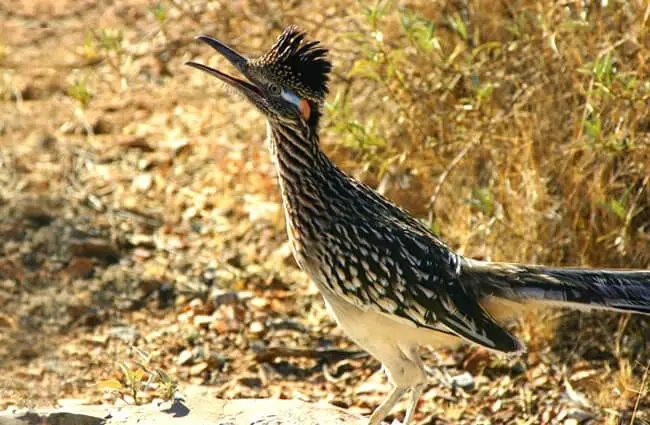
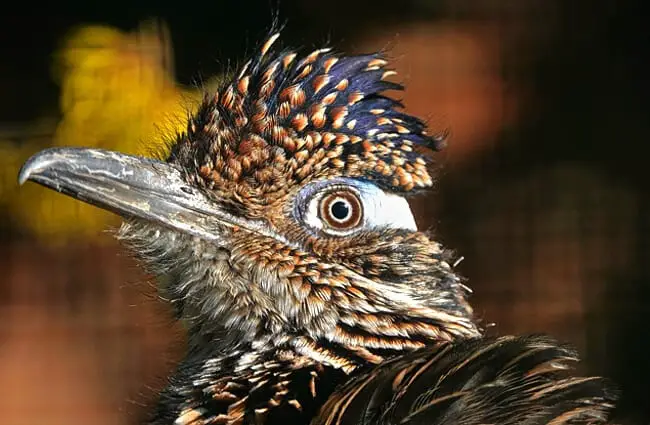


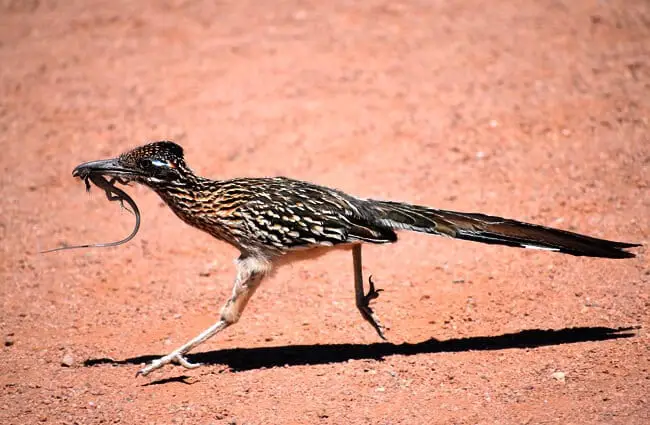
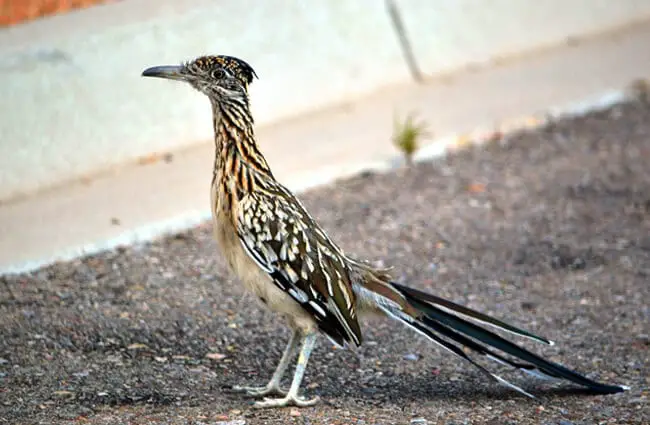
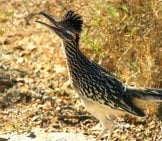
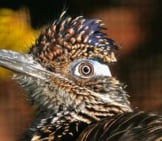
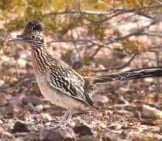


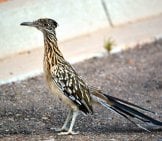
![Red Angus Closeup of a beautiful Red Angus cowPhoto by: U.S. Department of Agriculture [pubic domain]https://creativecommons.org/licenses/by/2.0/](https://animals.net/wp-content/uploads/2020/03/Red-Angus-4-238x178.jpg)












![Red Angus Closeup of a beautiful Red Angus cowPhoto by: U.S. Department of Agriculture [pubic domain]https://creativecommons.org/licenses/by/2.0/](https://animals.net/wp-content/uploads/2020/03/Red-Angus-4-100x75.jpg)

